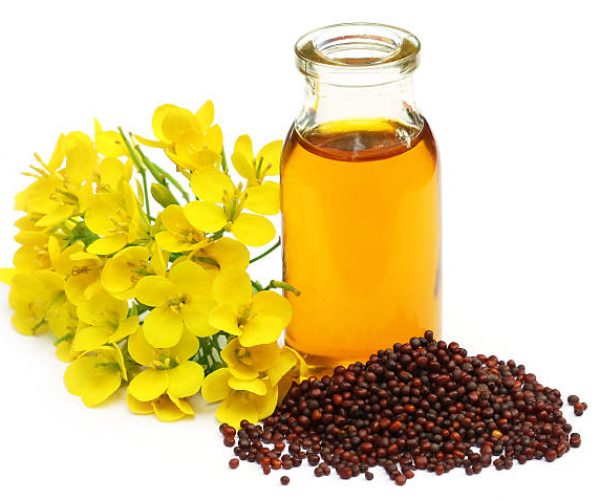Project Report For Kachi Ghani Oil Mill
Introduction
Project Report For Kachi Ghani Oil Mill is as follows.
The ‘cold press’ extraction procedure for extracting oil from seeds is referred to by Kachi Ghani. To extract mustard oil, mustard seeds are crushed at low temperatures, preserving the oil’s inherent characteristics, antioxidants, and essential oils. The essential oil of kachi ghani mustard oil serves as a preservative and has antibacterial and antioxidant effects.
Kacchi ghani, or just Ghani, was made of wood. There used to be a wooden mortar and pestle almost the size of a tree trunk, coned on one side. The coned side was placed in mortar, and a rope was tied to the top of the pestle, which was then pulled by an ox, which went round and round pushing and turning the pestle in the mortar. The oil seeds were fed into the mortar, and because to the weight of the pestle, the seeds were crushed and oil was extracted.

Manufacturing Process Of Kachi Ghani Oil Mill
Seed Selection :- For the extraction procedure, high-quality oilseeds such as mustard seeds, sesame seeds, groundnuts, or coconut are carefully selected. The seeds should be pure, free of contaminants, and fully mature.
Cleaning and Sorting :- The selected seeds are thoroughly cleaned to remove dust, dirt, stones, and other foreign particles. Sorting is also performed to eliminate damaged or discolored seeds.
Drying & Grinding :- In some circumstances, seeds may be dried to minimise moisture content. This procedure improves the extraction process’s efficiency and increases the oil’s shelf life. The cleaned and dried seeds are crushed or ground using ancient methods such as a stone mill or a wooden mortar and pestle. This procedure aids in the breakdown of the seeds and the release of the oil contained within.
Pressing :- The ground seeds are then subjected to pressing to extract the oil. Traditionally, a wooden or stone press called a “ghani” is used. The seeds are placed in a cylindrical container, and pressure is applied to extract the oil. The pressing process is performed at room temperature, which helps retain the natural nutrients, flavors, and aroma of the oil.
Filtering :- After extraction, the oil is filtered to remove any leftover solid particles or contaminants. This procedure guarantees that the oil is free of impurities. To separate any sediments that may have passed through the filtering process, the filtered oil is allowed to settle for a period of time. This aids in the production of transparent oil.
Packaging :- The final step involves packaging the Kacchi Ghani oil in suitable containers, such as glass bottles or food-grade containers, to preserve its quality and freshness. Proper labeling and sealing are done to ensure product information and prevent any leakage.
Market Potential Of Kachi Ghani Oil Mill
The mustard oil market was predicted to be worth $21.6 billion in 2020, with a 3.8% CAGR projected from 2021 to 2026.
Mustard oil is a form of vegetable oil derived organically from the seeds of black, brown, and white mustard. It is commonly accessible in India in a number of forms, including refined mustard oil, Grade I (Kachchi Ghani) mustard oil, and Grade II (inedible) mustard oil. Rising disposable incomes, health benefits, significant demand from both urban and rural areas, and diverse applications in both food and non-food applications are some of the primary factors driving mustard oil demand in India.
The booming food service business is primarily driving the rising demand for mustard oil in India. Furthermore, increased consumer awareness of the multiple health benefits connected with mustard oil use is fueling market expansion. Aside from that, the rising agricultural sector and expanded availability of high-yielding mustard seeds are speeding up mustard oil production.Furthermore, the Indian government has launched a number of programmes to boost domestic production of oilseeds in order to reduce imports and achieve self-sufficiency. Furthermore, the ease of product availability through both online and offline retail channels is catalysing market expansion.
Project Report Sample On Kachi Ghani Oil Mill
Need Help?
Create 100% Bankable Project Report

